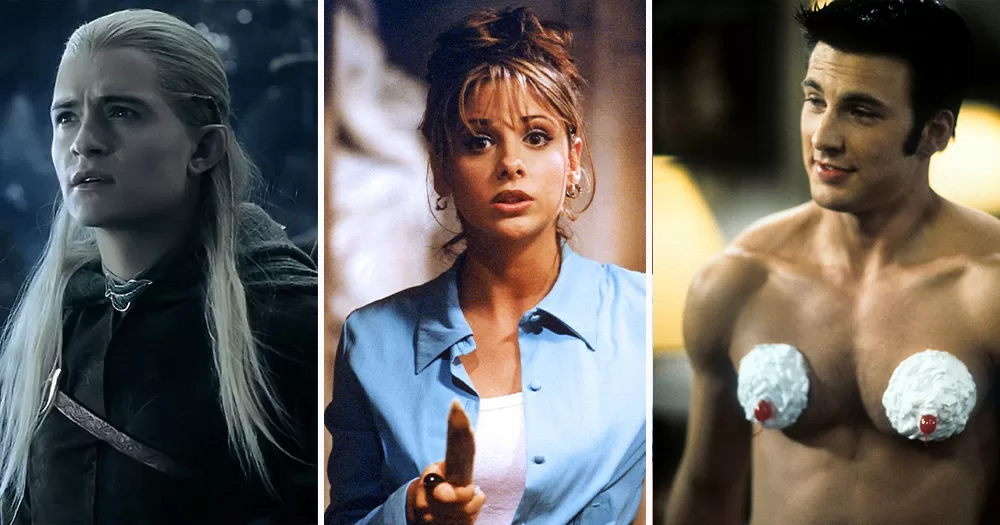Whether your queer awakening started out as an on-screen crush or as something deeper, we are all a product of the media that shaped us as children.
So whether you saw yourself in Mulan’s emotional self-reflection, or if you simply couldn’t stop staring at Chris O’Donnell’s nipples in Batman and Robin, here are 13 of the TV and film characters that led to our queer awakenings.
Danny Fenton/Phantom in Danny Phantom
Premiering in 2004, Danny Phantom was an animated series that aired on Nickelodeon. Created by Butch Hartman, the creator of shows like The Fairly Odd Parents, the show opens with Danny Fenton, a less-than-popular teenager, as he accidentally stumbles upon his parent’s portal to the “Ghost Zone” and gets imbued with ghostly ectoplasm. As a result, Danny Phantom is born. Half-boy, half-ghost, Danny has the ability to traverse both the worlds of the living and the Ghost Zone at will. The biggest issue? Danny ‘s parents are ghost-hunters themselves.
While Danny Phantom isn’t particularly thirst-worthy, the character, with his snowy-white hair and glowing green eyes, has remained a queer awakening for many gay men, including Lil Nas X. Similarly, Danny’s ability to transform from a human to a ghost at will has led to his adoption as a trans icon by many members of the trans and non-binary community.
Despite the show’s popularity, it was a marketing disaster for Nickelodeon and the show was canceled in 2006 after just three seasons on the air.
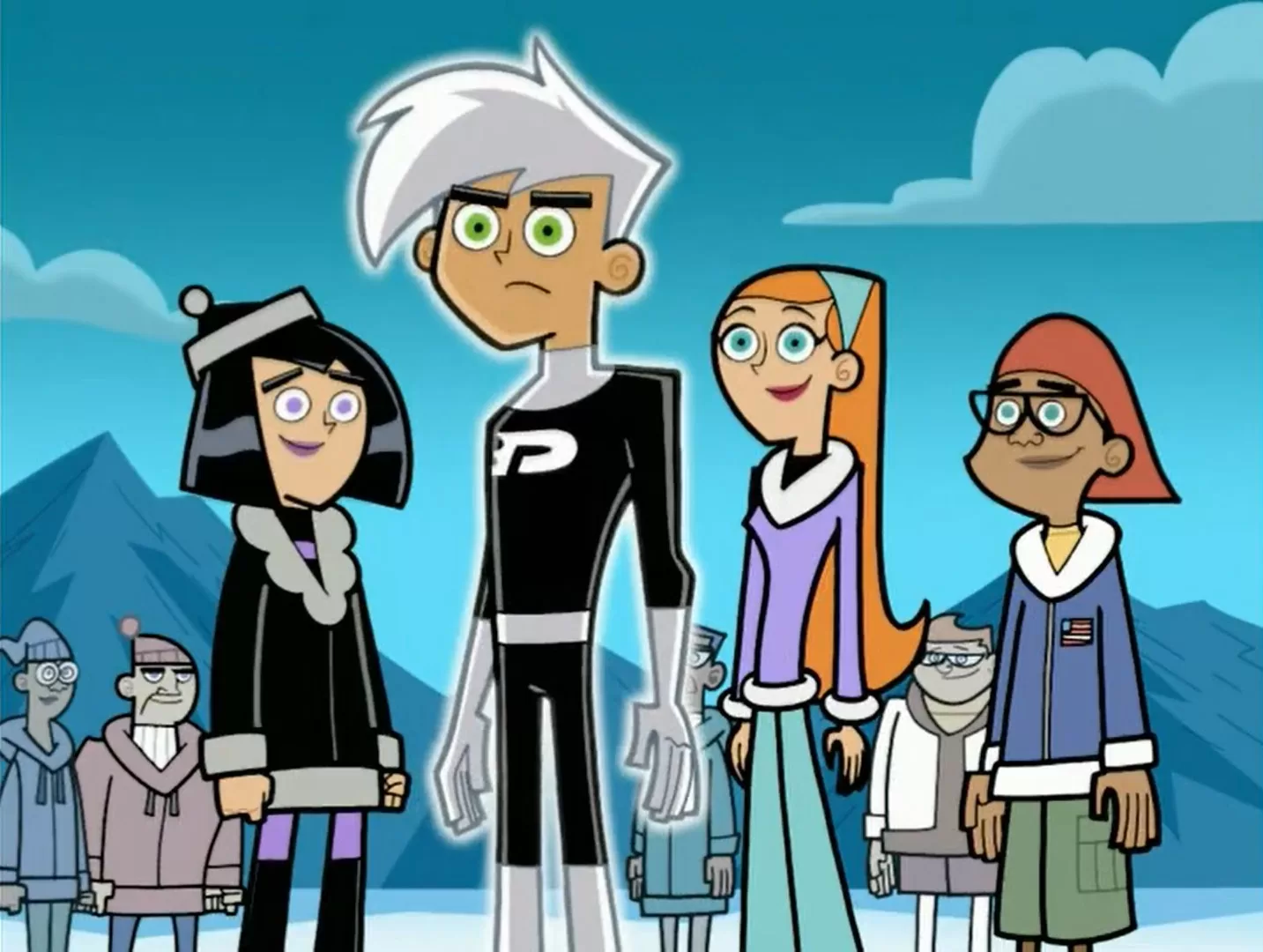
Fran Drescher as Fran Fine in The Nanny
Some of us might recognise Fran Drescher as the president of SAG-AFTRA. However, prior to her election in 2021, Drescher rose to fame for portraying Fran Fine on the Nick @ Nite sitcom, The Nanny. Premiering in 1993, The Nanny followed the story of Fran Fine, a cosmetics saleswoman turned nanny after she loses her job and her boyfriend all in one fell swoop.
Throughout the series Fine/Drescher turned heads with her show-stopping wardrobe. Modeling designs from major fashion houses including Moschino, Herve Leger, Christian Lacroix, Marc Jacobs, Dolce & Gabbana, and Fendi. Not only has Fran’s beauty and style led to her becoming a fashion icon beloved by the LGBTQ+ community.
Drescher herself has always been vocal about her support of the LGBTQ+ community, not only in her professional life as the president of SAG-AFTRA, but also in her personal life, having once been married to a man who later came out as gay.
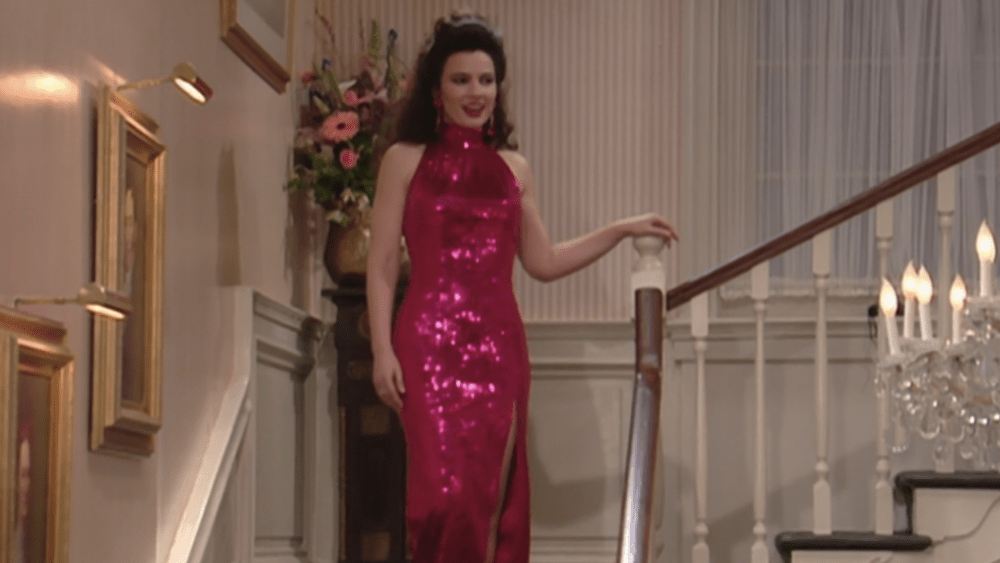
Mulan in Mulan
With hits like ‘I’ll Make A Man Out of You’ and ‘Reflection’ in its repertoire, it’s no surprise that the 1993 Disney classic Mulan has struck a chord with many queer viewers over the last 20 years.
In the off chance that you’ve been living under a rock and haven’t gotten around to seeing the film, here’s a quick summary: After discovering that her ill father has been drafted to fight for the Chinese army against the invading Huns, Mulan disguises herself as a man to take her father’s place.
While Mulan’s secret is later discovered, her portrayal throughout the film has served as a beacon for queer folk the world over.
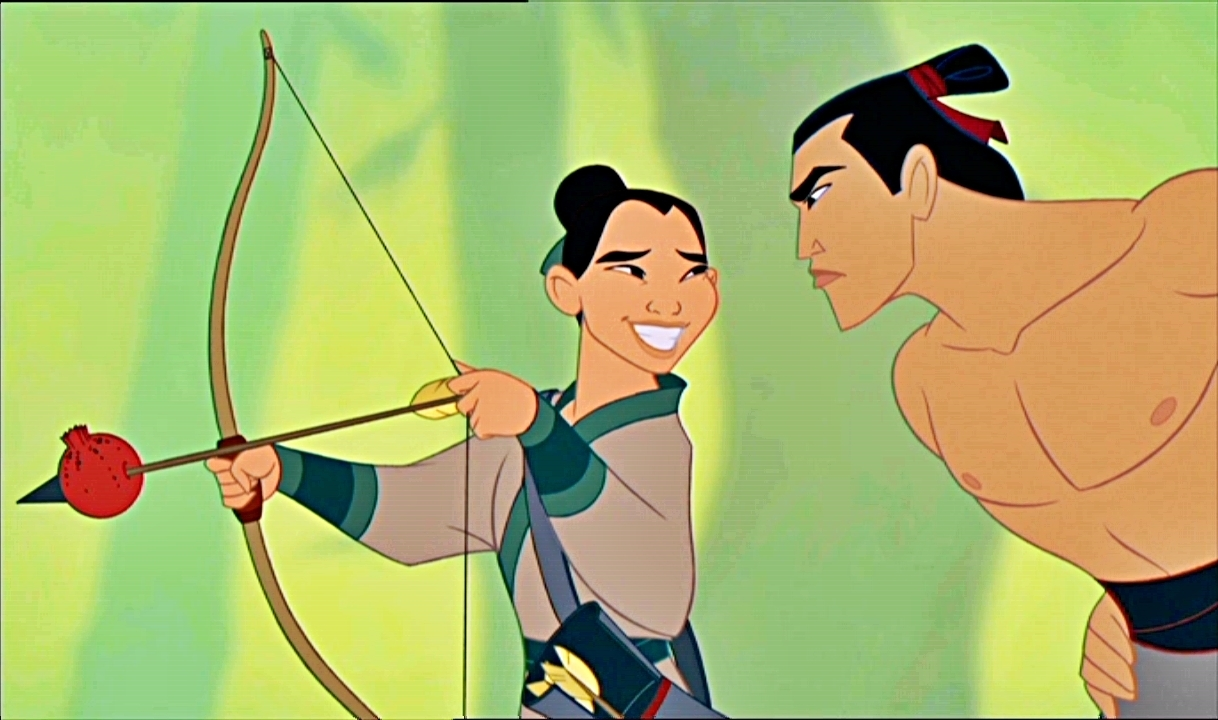
Chris Evans as Jake Wyter in Not Another Teen Movie
While readers born after the turn of the century likely know Chris Evans for his role as Captain America in the MCU, those of us of a certain age will forever remember the actor for his first big-time role as Jake Wyter in Not Another Teen Movie.
In the spoof, Evans portrays a high school jock who bets his friends that he can turn their notoriously frumpy classmate into a prom queen. Throughout the slapstick comedy, Evans tries to seduce his classmate, and, in one notably sexy scene, Evans appears naked with whipped cream and cherries covering his crotch and nipples. When he turns around, a banana is revealed coming out of the whipped cream covering his backside.
The image of Evans in banana-split cosplay has stuck in our minds ever since, and has earned him a spot on our list of queer awakenings.
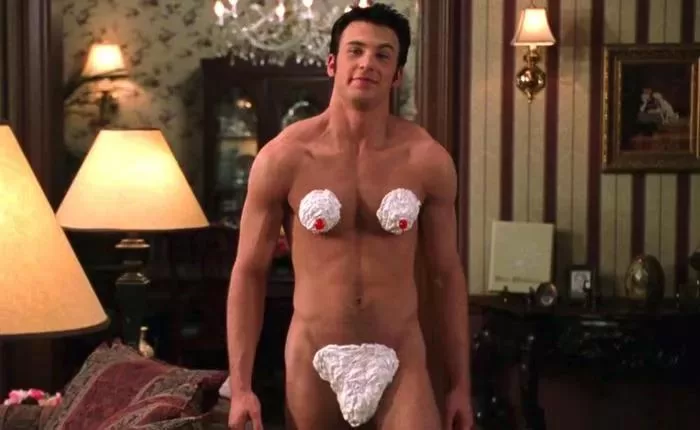
Sarah Michelle Gellar as Buffy Anne Summers in Buffy the Vampire Slayer
Throughout the seven-season run of Buffy the Vampire Slayer, the iconic series did a lot for LGBTQ+ representation on television with the emerging relationship between two of its characters: Willow and Tara.
Despite having explicitly queer characters in its cast, however, Sarah Michelle Gellar’s character, Buffy Anne Summers, remains the primary queer awakening to come from the series. Whether it’s due to her killer attitude, her edgy wardrobe, or her steamy sapphic would-be romance with series regular, Faith, Buffy has emerged as a queer awakening for queer women since the series debuted in 1997.
While Buffy is not a canonically queer character, the series does feature an eerily familiar scene in which she “comes out” to her mother as a vampire slayer, to which her mother replies: “Honey, are you sure you’re a slayer? … Have you tried not being a slayer? … It’s because you didn’t have a strong father figure, isn’t it?”
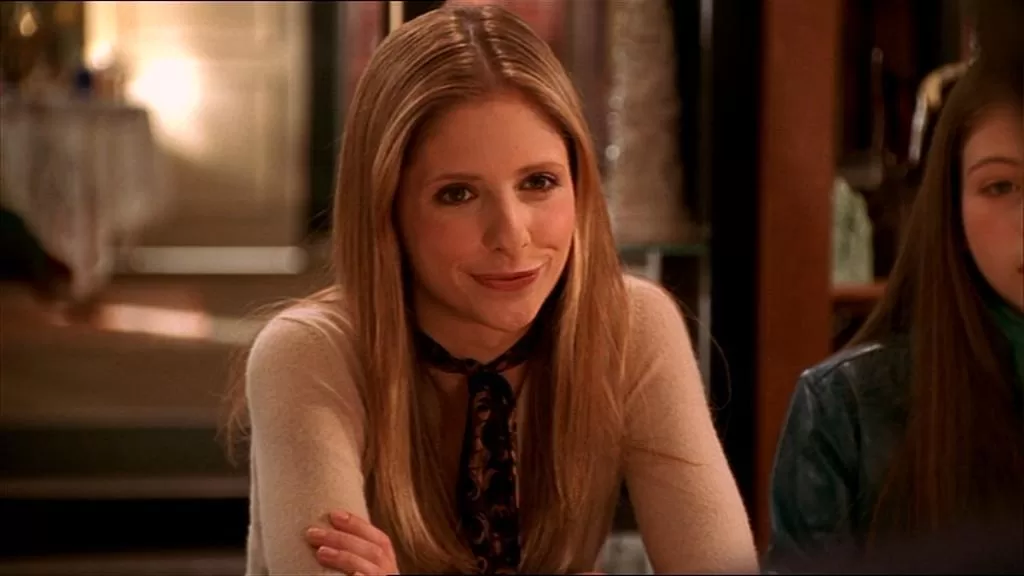
Haukra Tenoh/Sailor Uranus in Sailor Moon
Making her first appearance in a 1994 episode of the Sailor Moon anime, Hakura Tenoh, also known as Sailor Uranus, has been a queer awakening for folks throughout the entirety of the LGBTQ+ community. This is primarily due to Sailor Uranus’ complicated gender expression.
While Sailor Uranus is a member of the Sailor Guardians, an all-female group of supernatural fights that protect the Solar System from evil, Uranus is, canonically, neither male nor female.
In her alter-ego, Sailor Uranus is known as Hakura Tenoh, a male-presenting student at Mugen Academy who doubles as a professional racecar driver. Throughout the series, Tenoh frequently flirts with other female characters, and their relationship with fellow Sailor Guardian, Sailor Neptune, is generally accepted by fans as a romantic one.
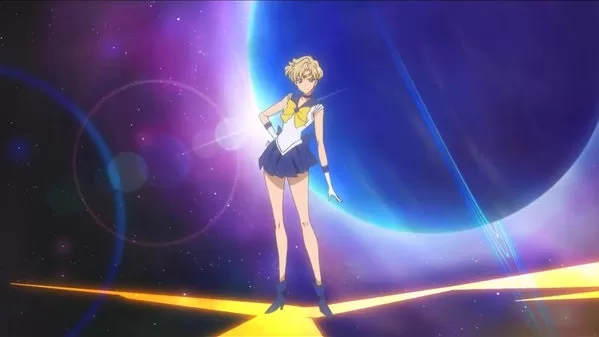
Princess Jasmine and Aladdin in Aladdin
While some queer awakenings can be boiled down to shirtless hotties and sexy villains, some are more amorphous. Enter Disney’s Aladdin. This 1992 animated classic won fans over with its gorgeous visuals and show-stopping musical numbers, but what has stuck with some of us after all these years, is just how gay Jasmine and Aladdin made us feel.
Princess Jasmine was one the first Disney princess to be defined by her attitude and confident sensuality. Meanwhile, Aladdin’s rugged charisma, and the vocal stylings of Scott Weinger, made them the perfect dreamy duo for every burgeoning bisexual, though we suspect Jasmine’s belly top and Aladdin’s open vest might’ve had something to do with those queer awakenings as well ;).
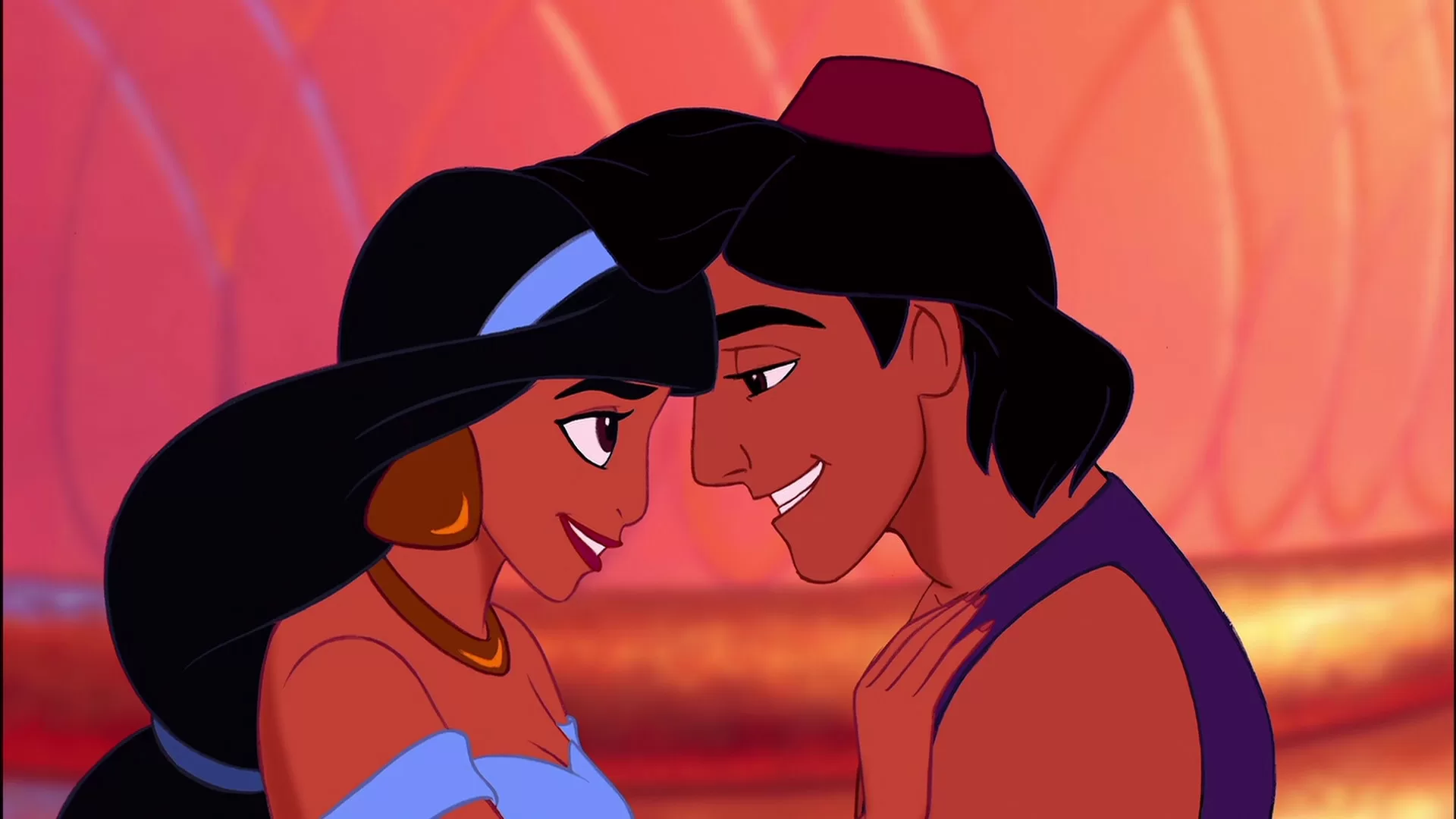
The Hex Girls in Scooby-Doo and the Witch’s Ghost
If you ever jammed out to TLC or Destiny’s Child and found yourself wishing that they were just a little bit more…goth, then look no further than the Hex Girls! Making their debut in the 1999 animated film Scooby-Doo and the Witch’s Ghost, the Hex Girls are a fictional eco-goth rock band made up of members Dusk, Thorn, and Luna.
Maybe it’s their velvet dresses, their mysterious alter-egos, or their wicked sharp fangs, but this musical trio broke into the Scooby-Doo universe and became instant hits. While there are few things more queer than an all-girl eco-goth rock band, when Thorn said “I’m a Hex Girl, and I’m gonna put a spell on you,” she really meant it.

Amanda Bynes as Viola/Sebatian Hastings (She’s the Man)
While Amanda Bynes’ 2006 slapstick comedy is far from offering us positive trans representation, the film proved a pivotal piece of media for queer folks growing up in the early 2000s. In the film based on Shakespeare’s Twelfth Night, Amanda Bynes plays Viola Hastings. After Viola’s soccer team gets cut, she decides to disguise herself as her twin brother, Sebastian, in order to try out for the boy’s soccer team at a rival high school.
While some have criticised She’s The Man for its portrayal of trans identities, Caitlin Thomson at Screen Queens argues: “Our protagonist Viola introduces the idea of gender fluidity, suggesting a radical interpretation of sex that has never been seen before in the mainstream. This is captured in the carnival scene, where the rapid sex changes and code switches literally dizzies the audience. Like Shakespeare’s play before it, the film nods to the carnivalesque and uses humour to liberate the audience’s thinking to truly establish transgressive gender ambiguity.”
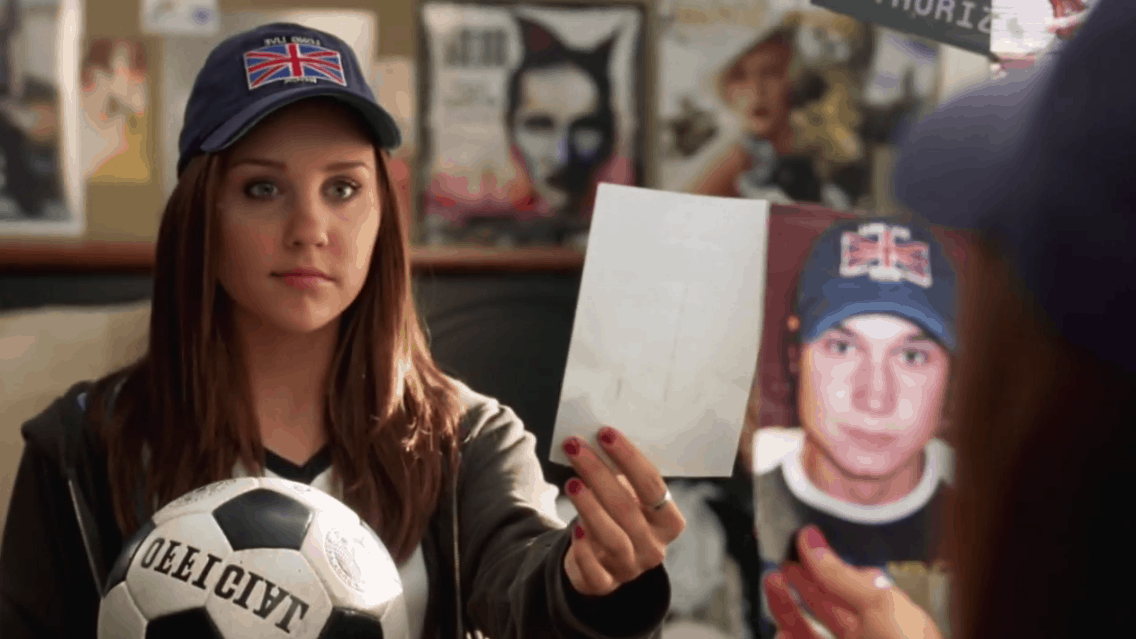
Chris O’Donnell as Robin in Batman and Robin
Remember when we said that some of our queer awakenings can be boiled down to one hottie in a movie or TV show? Yeah, that’s how we feel about Chris O’Donnell’s portrayal of the crime-fighting sidekick Robin in the 1997 Joel Schumacher film, Batman and Robin.
Viewers have poked fun at the film for years due to the seemingly obvious homoerotic tension between O’Donnell’s Robin and George Clooney’s Batman, and, of course, due to the aggressively hard nipples built into the suits for the film.
In an interview with Barbara Walters, Clooney admitted to playing the character of Batman as a gay man. When asked if he made the same decision when portraying Robin, O’Donnell said, “I screwed up, because I played him straight. So clearly, that was the mistake with Batman and Robin. I mean, the nipples, the codpiece, what was gay about it?”

Orlando Bloom as Legolas in The Lord of the Rings
Is it the luscious locks of braided hair or the pointy Elven ears that makes Orlando Bloom’s Legolas such a queer awakening for so many viewers. Debuting in 2001 with The Fellowship of the Ring, The Lord of the Rings trilogy has been the subject of much queer speculation over the years.
While there is no canonical evidence to suggest that Legolas is queer, fans have spent the last 20 years writing queer fan-fiction about the character, primarily due to Bloom’s portrayal. Bloom seems to be particularly well suited to causing sexual confusion, however, with his portrayal of Will Turner in Pirates of the Caribbean: The Curse of the Black Pearl serving as the queer awakening for Kit Connor’s Nick Nelson in Netflix’s Heartstopper series.
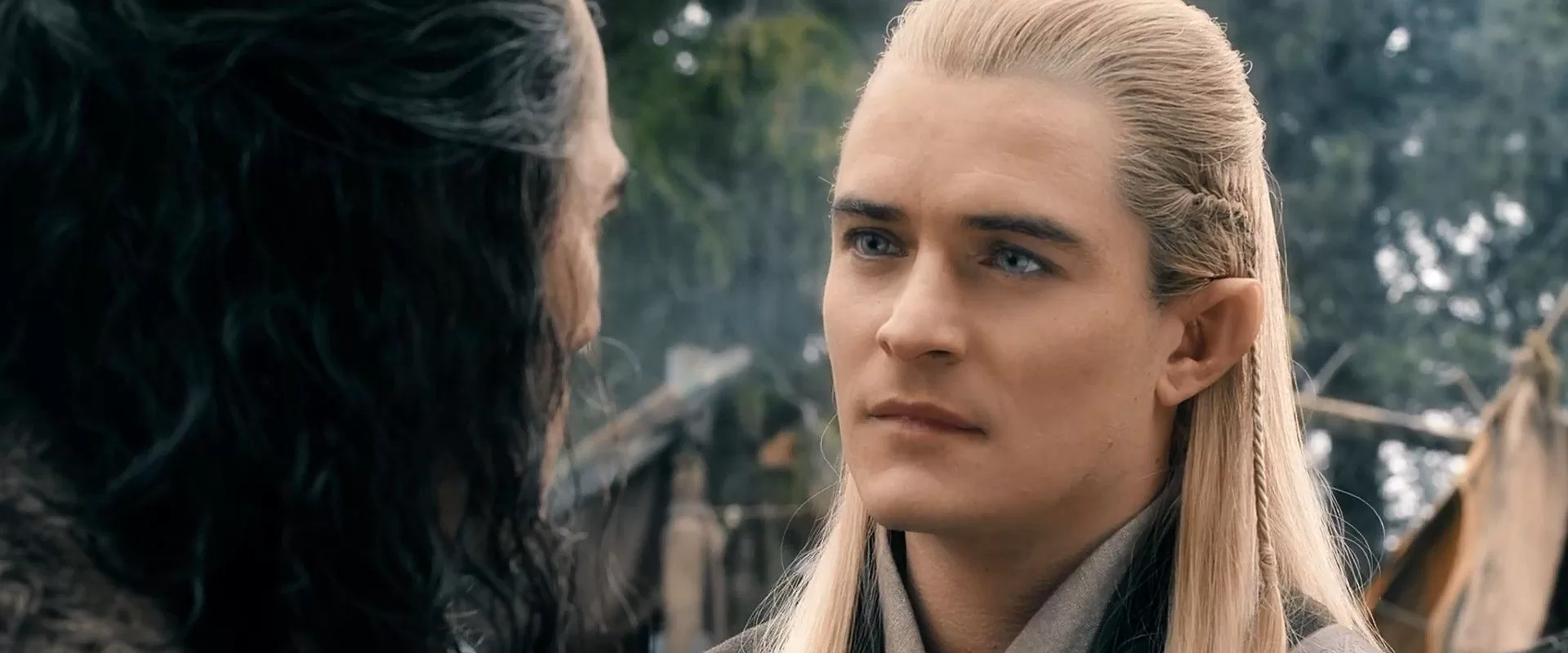
Carrie Fisher as Princess Leia in Star Wars
While princesses come and go, few are as iconic as Carrie Fisher’s Princess Leia. Debuting in 1977 in Star Wars: A New Hope, Princess Leia is the sister of Luke Skywalker and the daughter of Darth Vader. Alongside her brother and Han Solo, Leia works to save the universe from the invading Sith threat.
While Leia’s attitude and beauty are more than enough to make her character inspire a queer awakening, it is her appearance in Return of the Jedi wearing a skimpy gold bikini that has solidified her in the minds of so many LGBTQ+ adults.
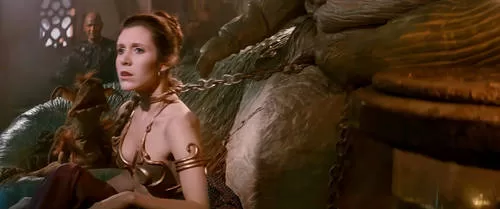
Jessie and James in Pokemon
Since the Pokemon anime debuted in 1997, Team Rocket members Jessie and James have been serving up all of the camp fun we could ever need. While the duo, alongside their trusty Meowth, try in vain to steal Ash Ketchum’s powerful Pokemon, they often find themselves dressed up in drag in an attempt to trick their ‘twerpy’ nemesis.
These appearances in drag have led to frequent censorship throughout the United States. For example, in the episode ‘Beauty and the Beach,’ James dons a large breast plate as part of his disguise. This scene was later censored for American audiences.
Throughout the series, the typically feminine Jessie dons more masculine looks, while James tends to prefer dressing in more feminine outfits when undercover. When more background about the characters was revealed later in the series, fans grew to love the duo even more as they came to exemplify the ideal of found family.

© 2023 GCN (Gay Community News). All rights reserved.
Support GCN
GCN is a free, vital resource for Ireland’s LGBTQ+ community since 1988.
GCN is a trading name of National LGBT Federation CLG, a registered charity - Charity Number: 20034580.
GCN relies on the generous support of the community and allies to sustain the crucial work that we do. Producing GCN is costly, and, in an industry which has been hugely impacted by rising costs, we need your support to help sustain and grow this vital resource.
Supporting GCN for as little as €1.99 per month will help us continue our work as Ireland’s free, independent LGBTQ+ media.
